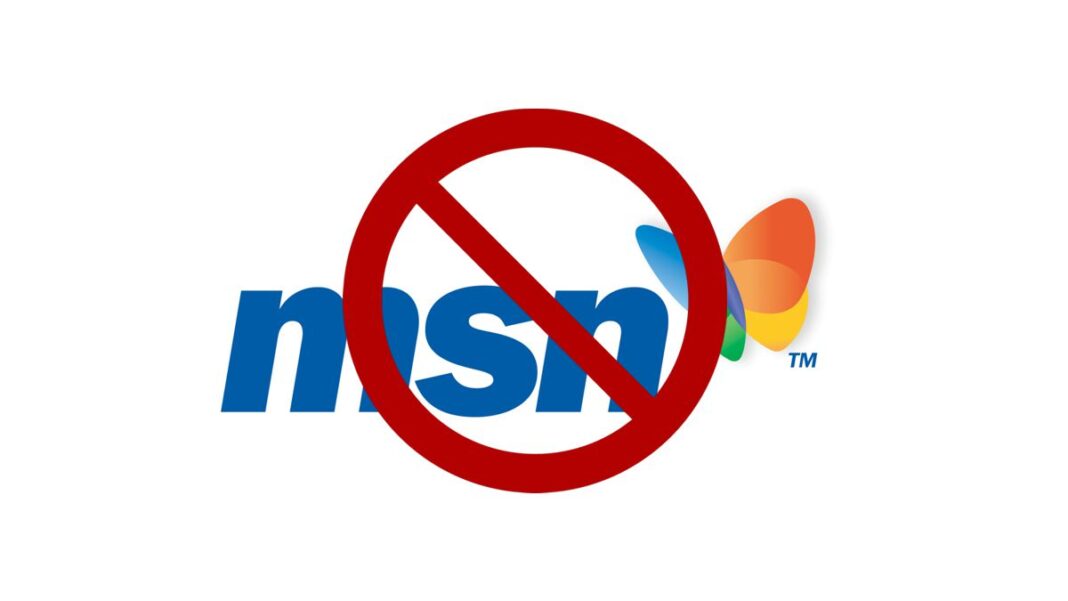
Federal Reserve Chair Jerome Powell, newly appointed for a second four-year term as chief of the central bank, said on Nov. 22 that he would use the Fed’s arsenal to prevent inflation from becoming a more permanent feature of American life.
Powell made the remarks at a White House press briefing at which President Joe Biden announced his reappointment while also nominating Lael Brainard, member of the Fed’s governing board, to serve as Federal Reserve vice chair.
“We know that high inflation takes a toll on families, especially those less able to meet the higher costs of essentials, like food, housing, and transportation,” Powell said, acknowledging the disproportionately high impact of accelerating prices on lower-income Americans.
After Biden announced the two nominations, he praised Powell’s commitment to the “maximum employment” component of the Fed’s dual mandate, while noting Powell’s role in stewarding the Fed through a “landmark review” that saw the central bank adopt a more flexible inflation targeting regime. This basically allowed the Fed to temporarily overshoot its objective of 2 percent inflation in order to pump more money into the economy to ensure a more solid labor market recovery.
“When our country was hemorrhaging jobs last year and there was panic in our financial markets, Jay’s steady and decisive leadership helped to stabilize markets and put our economy on track to a robust recovery,” Biden said of Powell.
Yet the unprecedented level of monetary stimulus—which involved some $120 billion in monthly asset purchases and dropping interest rates to near zero—along with massive fiscal measures, have also had an unwanted side effect, helping push up inflation to levels not seen in over 30 years.
“Today, the economy is expanding at its fastest pace in many years, carrying the promise of a return to maximum employment,” Powell said, with “maximum employment” a condition the Fed defines as the lowest level of unemployment the economy can sustain while maintaining a stable rate of inflation. Since there will always be some people between jobs, this rate will never be zero, and so economists generally put it at between 3 percent and 5 percent, while Atlanta Fed chief Raphael Bostic recently defined it as a condition where “every American who wants a job has one.”
Powell, echoing his oft-repeated view that pandemic-related supply-side dislocations have played a major role in pushing up prices, said, “The unprecedented reopening of the economy, along with the continuing effects of the pandemic, led to supply and demand imbalances, bottlenecks, and a burst of inflation.”
The most recent Labor Department report on consumer prices showed that inflation in the 12 months through October hit 6.2 percent, the highest pace in 31 years.
By Tom Ozimek





